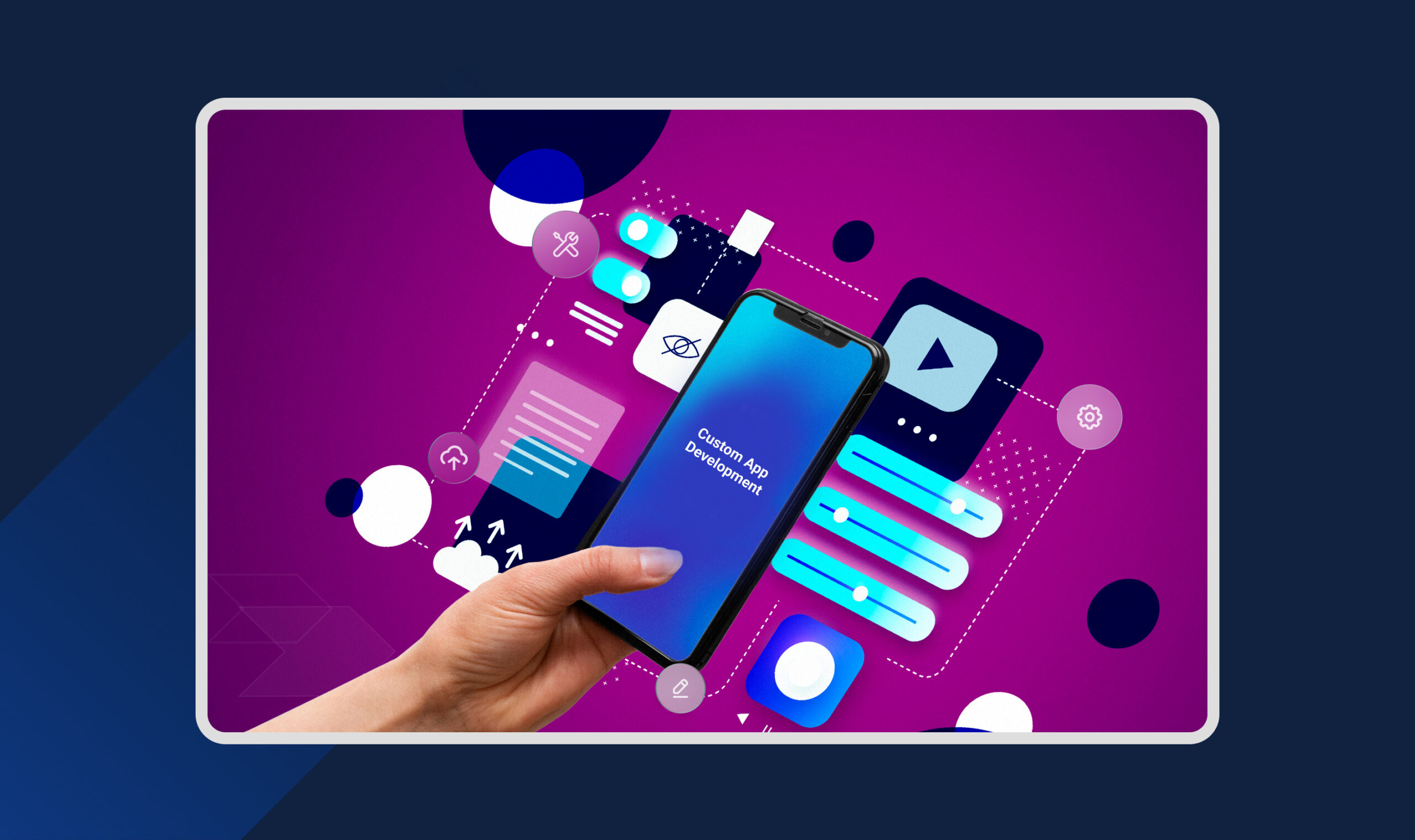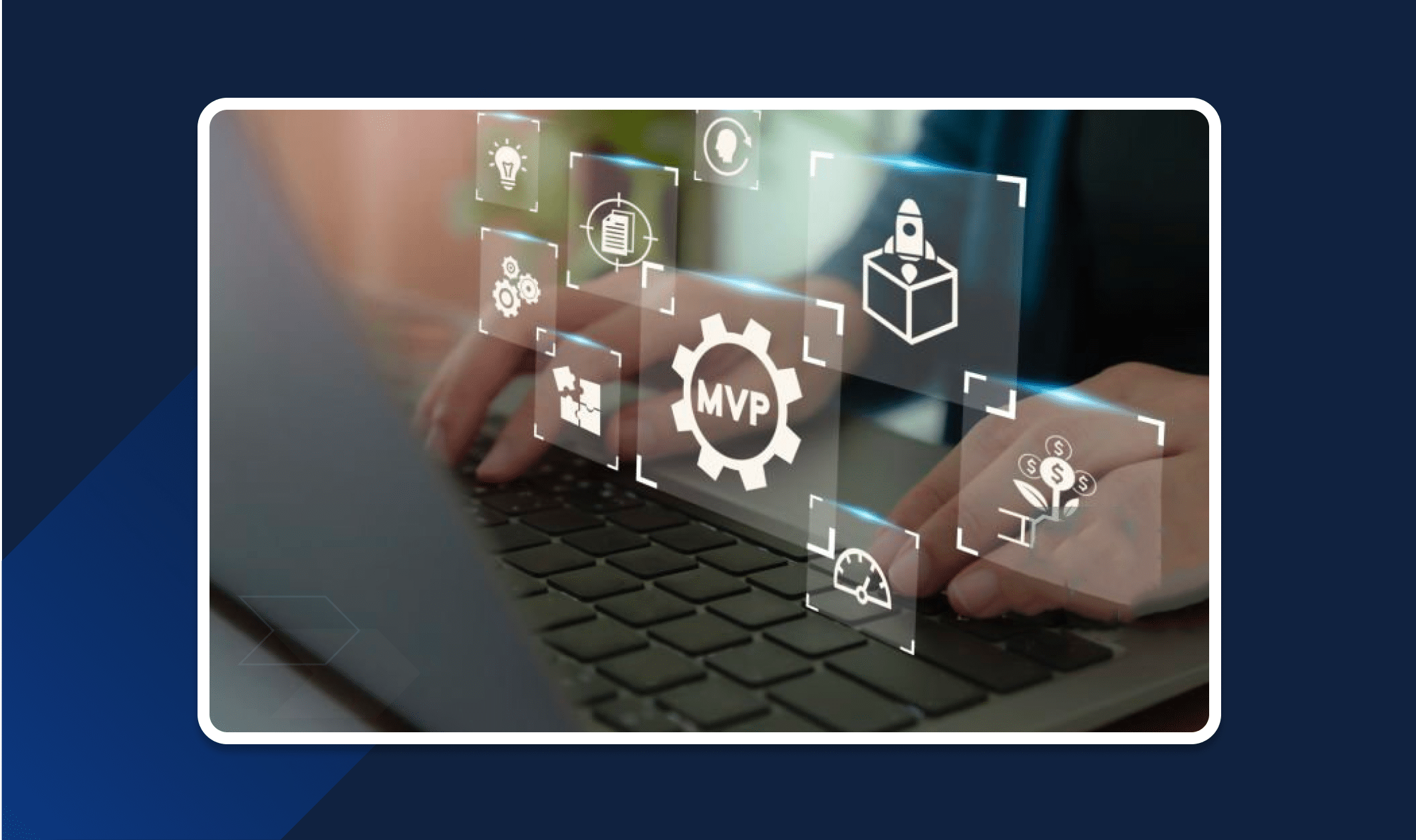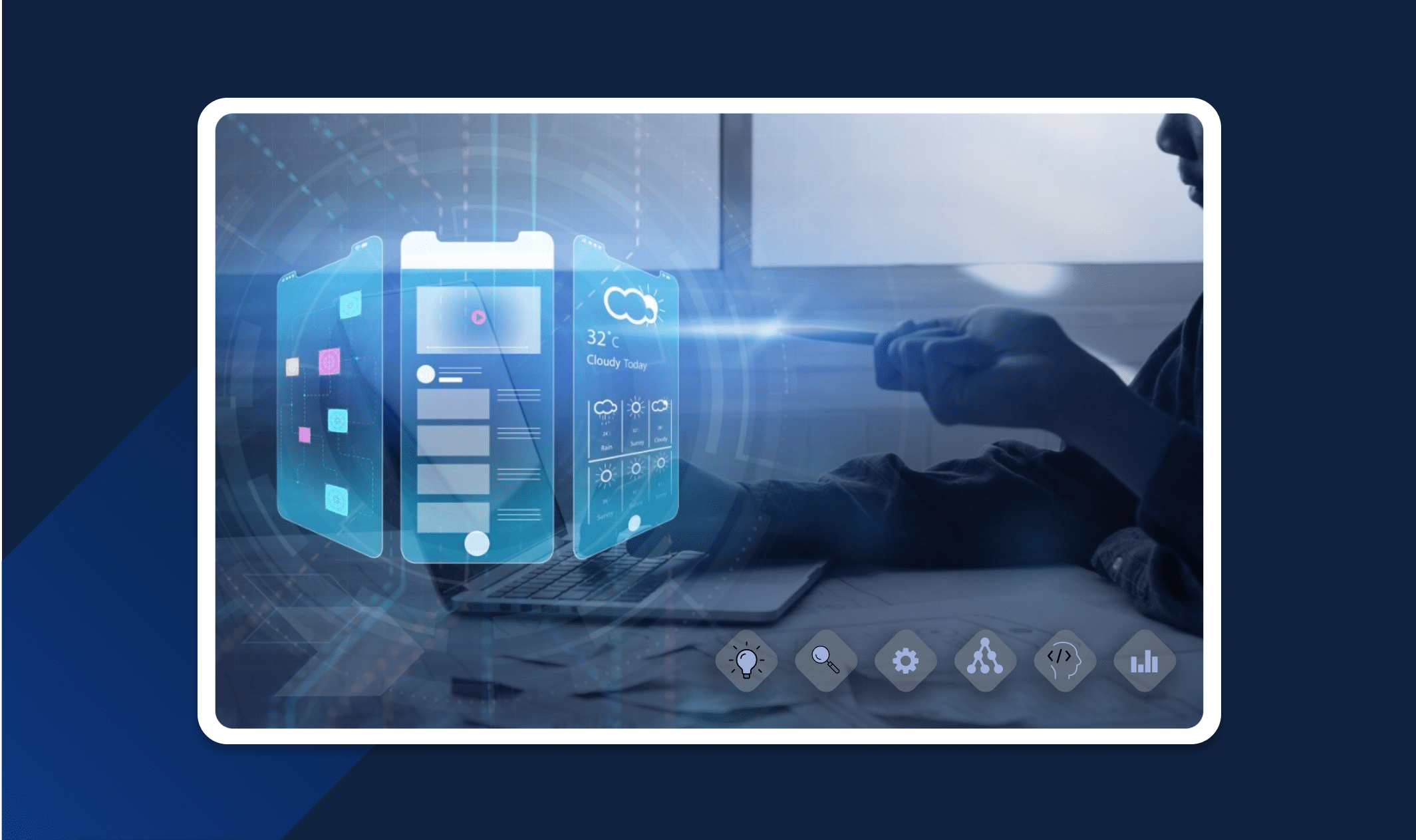
Artificial Intelligence (AI) is revolutionizing the cold storage and trucking industry by enhancing efficiency, optimizing routes, and improving inventory management.
By leveraging AI technologies, businesses can ensure temperature-sensitive goods are stored and transported under optimal conditions, significantly reducing waste and improving service levels.
Key benefits of AI in cold storage and trucking include:
- Enhanced temperature monitoring to ensure compliance with safety regulations.
- Predictive analytics for better demand forecasting and inventory management.
- Dynamic routing algorithms that reduce delivery times and fuel consumption.
- Automated vehicle maintenance scheduling to avoid breakdowns.
- Improved supply chain visibility through real-time data analytics.
As AI continues to evolve, its impact on cold storage and trucking will likely grow, enabling leaders and managers to make more informed decisions and optimize their operations.
Key Characteristics
AI is transforming the cold storage and trucking business by enhancing efficiency, optimizing routes, and ensuring product safety.
By employing machine learning algorithms, companies can predict demand, which allows for better inventory management and reduced waste.
Real-time temperature monitoring through IoT devices helps maintain the ideal conditions for perishables, while AI-driven analytics provide insights into operational performance.
Additionally, automated systems streamline order processing and improve the overall logistics chain, ensuring timely deliveries and reducing operational costs.
These innovations not only drive productivity but also enhance customer satisfaction and compliance with safety regulations.
How Does AI Improve Logistics?
AI is transforming the cold storage and trucking business through various innovative technologies and processes.
In cold storage, advanced AI algorithms continuously monitor the environmental conditions of storage facilities, analyzing data from sensors to maintain optimal temperature and humidity levels.
Machine learning models can predict potential failures in cooling systems, leading to timely maintenance and reduced risk of spoilage.
In the trucking segment, AI plays a crucial role in route optimization, analyzing vast datasets including traffic conditions, weather patterns, and delivery schedules.
This leads to efficient route planning, resulting in timely deliveries and reduced fuel consumption.
Additionally, AI systems facilitate enhanced tracking of shipments through IoT devices, providing both businesses and customers with real-time updates on the location and condition of goods.
The integration of AI in logistics not only streamlines operations but also enhances sustainability by reducing waste and increasing efficiency, ultimately transforming the way cold storage and transportation are managed in today’s fast-paced market.
Examples of AI in Cold Storage
- AI-driven temperature monitoring systems utilize real-time data analytics to ensure optimal storage conditions, reducing spoilage and maximizing product freshness for cold storage facilities.
- Predictive maintenance powered by AI algorithms helps to anticipate equipment failures in refrigeration units, minimizing downtime and ensuring continuous compliance with safety regulations in cold storage operations.
- Automated inventory management aided by AI improves order accuracy and reduces waste, as systems can adjust stock levels based on demand forecasts, ensuring optimal storage of perishable goods.
- Route optimization tools leverage AI to analyze traffic patterns and weather conditions, allowing trucking companies to plan the most efficient routes for transporting temperature-sensitive items.
- AI-enhanced supply chain transparency enables real-time tracking of shipments, providing accurate delivery windows and improving customer satisfaction by minimizing delays and ensuring products are delivered fresh.
Importance of AI in Cold Storage
Understanding how AI is transforming cold storage and trucking businesses is crucial for industry stakeholders.
The integration of AI technologies enhances operational efficiency, reduces costs, and improves inventory management.
AI systems facilitate better route planning, ensuring timely deliveries while minimizing fuel consumption.
Additionally, AI-driven climate control solutions in cold storage facilities maintain optimal conditions for perishables, reducing spoilage.As consumer demand for fresh food rises, leveraging AI becomes essential for businesses aiming to stay competitive and improve customer satisfaction in an increasingly demanding market.










